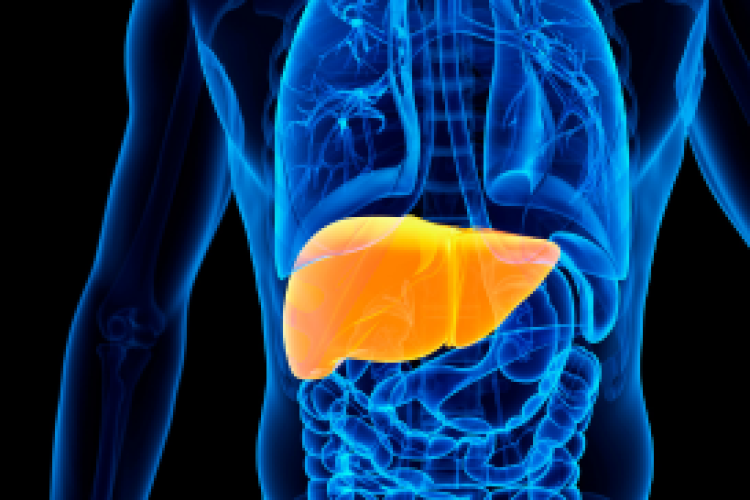
Preparing for all elements of summer is the best way to have a safe and fun season.
As summer begins, more people spend time outdoors, travel for vacation, and get together with family and friends. While the season is associated with fun and relaxation, summertime adventures may increase the risk of injury.
“The key to most injuries is prevention,” says Jamil F. Rizqalla, DO, FACEP, FAWM, director of emergency medicine at Montefiore Nyack Hospital. “From being aware of the risks of sunburn and the importance of wearing appropriate clothing to understanding the difference between heat exhaustion and heat stroke, knowing how to stay safe from exposure to the elements is vital for all ages.”
Air Quality
Heat and humidity can be dangerous, especially for older adults, young children, and individuals with chronic medical conditions such as heart or lung issues. Outdoor activities can lead to dehydration, so stay hydrated by drinking water or electrolyte beverages. Stay in the shade if possible and limit exposure to direct sunlight during the peak hours between 10 a.m. to 4 p.m.
Heat exhaustion is caused by excessive heat and dehydration. Symptoms include fatigue, dizziness, nausea, and muscle cramps. If left untreated, it can progress to heatstroke which is a life-threatening condition where the body’s temperature rises above 104°F (40°C), causing confusion, unconsciousness, or even organ failure. Heatstroke requires immediate medical attention.
Watch for Red Flag Warning
The National Weather Service issues Red Flag Warnings and Fire Weather Watches to alert of critical weather conditions. Wildfires from dry brush or pollution may cause poor air quality. Stay informed about air quality at AirNow.gov and limit outdoor activities if necessary.
If you are grilling or camping, have a fire extinguisher or water nearby to douse an accidental fire. Always fully extinguish campfires and grills, especially in dry conditions. Check local regulations and avoid lighting fires during high wildfire risk.
Wind and Rain
Thunderstorms may produce large hail, gusty winds, and torrential downpours. Before leaving for any water or outdoor activity, check the weather forecast. If thunderstorms are forecasted in your area, plan your trip for another day.
When you hear thunder, you are already within range of where the next ground flash may occur, lightning can strike as far as 10 miles away from the center of a storm. Protect yourself by finding a safe enclosed shelter, such as a car. Do not shelter under or near trees, or other structures which may be struck by lightning. If you are in an elevated area, move to lower ground.
Be Prepared
The best safety measures prevent accidents before they happen. When exposed to the outdoor elements, avoid alcohol consumption and other intoxicants. “There is a higher association of animal bites, drownings, falls, and sports injuries when people consume alcohol,” says Dr. Rizqalla.
From broken bones to breathing difficulties and traumatic injuries, our Emergency Department is here to respond quickly to health emergencies for adults and children. Immediate medical attention is necessary, especially for heatstroke, severe allergic reactions, drowning incidents, or fractures.
Taking precautions like wearing protective gear, staying hydrated, limiting alcohol use, and practicing safety can help reduce the risk of injury. Being prepared, having a safety plan, and limiting distractions will help ensure a safe and fun summer.
The F.J. Borelli Family Emergency Center at Montefiore Nyack Hospital is a designated Level III verified Trauma Center with advanced, life-saving trauma expertise. For more information, visit montefiorenyack.org/emergency-center.



 Upcoming Events
Upcoming Events



